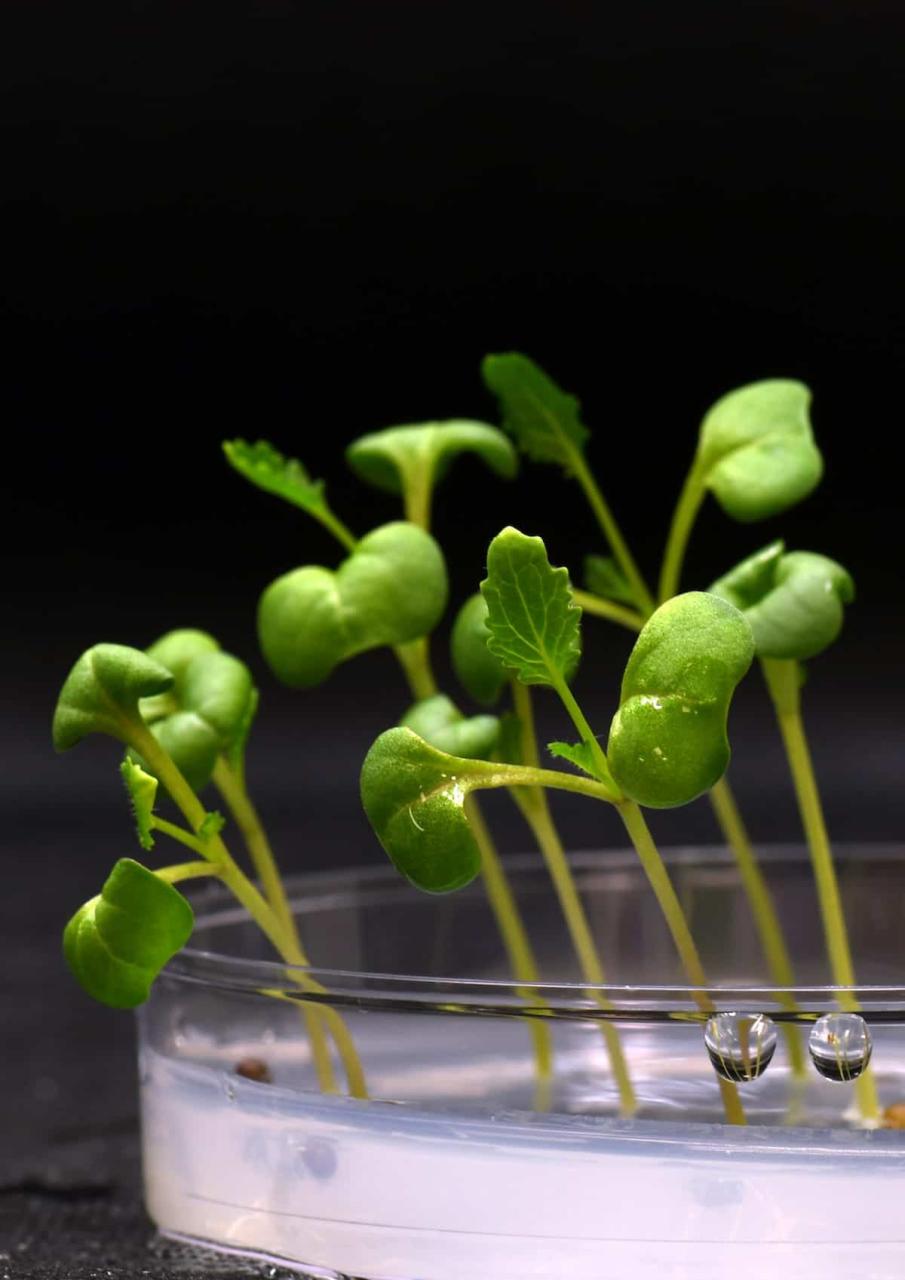
Scientists have developed artificial photosynthesis as a means of producing food without the need for organic photosynthesis.
Artificial photosynthesis.
The process converts water, energy and carbon dioxide into acetate through two electrocatalytic steps.
Then, in the dark, the acetate is used by food-producing organisms. The conversion of sunlight into food could be up to 18 times more efficient with the hybrid organic-inorganic system.
For millions of years, photosynthesis has been taking place in plants to convert water, carbon dioxide, and solar energy into plant biomass and food consumed by humans.
However, this mechanism is incredibly inefficient, as only 1% of the energy from sunlight actually reaches the plant.
By adopting artificial photosynthesis, researchers at the Universities of Delaware and Riverside have discovered a means of producing food without the requirement of biological photosynthesis.
The study used a two-step electrocatalytic process to transform CO 2 , energy and water into acetate, which is the chemical form of the main ingredient in vinegar.
Then, in the dark, the acetate is used by food-producing organisms. This hybrid organic-inorganic system could improve the efficiency of converting sunlight into food, up to 18 times more efficient for some crops, when combined with solar panels to create the electricity that powers electrocatalysis.
With our approach, we hoped to discover a novel means of manufacturing food that could break the constraints imposed by biological photosynthesis.
Robert Jinkerson, Associate Professor of Chemical and Environmental Engineering at the University of California, Riverside
The output of the electrolyzer was adjusted to support the growth of food producing organisms in order to bind all parts of the system together.
Electrolysers are machines that use electricity to transform chemicals and unusable products, such as CO 2 , into basic resources. The largest amounts of acetate generated in an electrolyser to date were achieved by increasing the amount of acetate produced and reducing the amount of salt used.
We were able to obtain a high selectivity towards acetate that cannot be achieved with traditional CO 2 electrolysis pathways using a state-of-the-art tandem CO 2 electrolysis setup built in our laboratory.
Feng Jiao, University of Delaware
Experiments revealed that a variety of food-producing species, including green algae, yeast, and mushroom-producing fungal mycelium, can be grown in the dark directly on the acetate-rich electrolyser outlet.
With this method, the production of algae is about four times more efficient from an energy point of view than its cultivation by photosynthesis. When corn sugar is used instead of traditional farming methods, yeast production is about 18 times more energy efficient.
Without any help from biological photosynthesis, we have been able to develop food-producing creatures. These creatures often grow on plant sugars or petroleum ingredients, which are byproducts of biological photosynthesis that occurred millions of years ago.
Compared to food production that relies on biological photosynthesis, this technique is a more efficient way of converting solar energy into food.
Elizabeth Hann, PhD student in the Jinkerson lab
It was also studied whether this technique could be used to cultivate. When grown in the dark, cowpeas, tomatoes, tobacco, rice, rapeseed and green peas were able to use acetate carbon.
We discovered that various crops were able to convert the acetate we fed them into the essential molecular building blocks an organism needs to grow and thrive.
We are now working on farming and engineering techniques that could allow us to farm with acetate as an additional energy source to increase agricultural yields.
Marcus Harland-Dunaway, a doctoral student in the Jinkerson lab.
Artificial photosynthesis makes it possible to grow food in the more complicated conditions that human climate change has brought about by freeing agriculture from its total dependence on light.
If crops for people and animals were grown under regulated and less resource-intensive conditions, drought, floods and reduced land availability would be less of a threat to global food security.
Furthermore, they could be grown in urban areas and other regions not currently suitable for agriculture, and even fed to future space travelers.
The use of artificial photosynthesis techniques could represent a paradigm shift in the way of feeding the population.
As food production becomes more efficient, less land will be needed, reducing the environmental impact of agriculture.
Additionally, improved energy efficiency could help feed more crew members while using fewer resources for farming in non-traditional areas, such as space.
Robert Jinkerson
This method of food production was submitted to NASA’s Deep Space Food Challenge and won phase I.
More information: www.ucr.edu